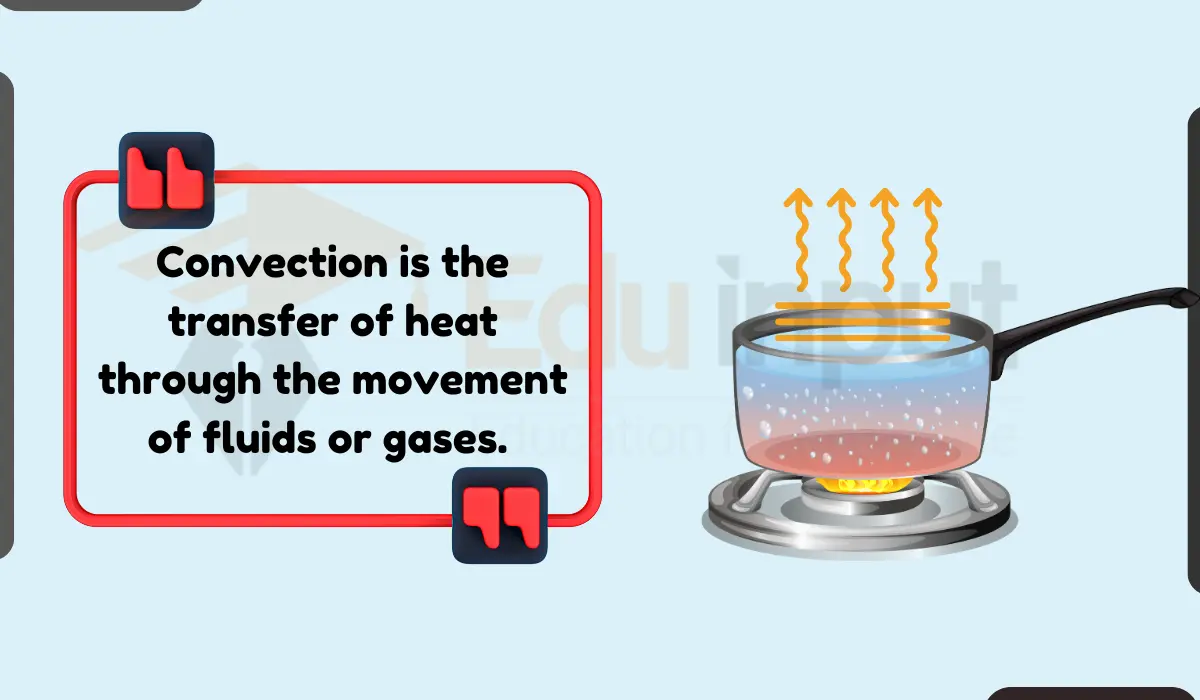Potential Energy | Conversion of Potential Energy into Kinetic Energy
Potential energy is a kind of energy that is stored in an object and can be used for the purpose of making work. It is the energy possessed by a body due to its position in a force field e.g. gravitational field.
What is potential energy?
Potential energy is energy that is stored in an object and can be converted into kinetic energy. As soon as the object is released, it can use that P.E to perform work.
Potential Energy Formula
P.E depends on the mass and height of an object.
P.E=mgh
Unit of P.E
Unit of P.E is joule and its dimensions are [M L2 T-2]
Potential Energy Example
Suppose you have a ball and you throw it up in the air. The ball has P.E because when you throw it is at rest and it can convert that energy into kinetic energy. So, as soon as you throw the ball, it starts moving and its P.E is converted into kinetic energy.
A car that is sitting on a hill has P.E. Suppose you have a car which is parked on the hill. So, when the car is sitting on the hill, it can be converted into kinetic energy. As soon as the engine is turned on, the car will start moving and it will start moving up the hill. Its potential energy is converted into kinetic energy.
The same concept applies to us as well. A person who is sitting on a chair has potential energy. As soon as the person stands up, he will start walking and it will convert the potential energy to kinetic energy.
Kinetic energy is the energy of motion (either linear motion or circular motion) and it is measured in joules. It is also called the first law of thermodynamics. If you have a source of heat and you want to produce work then you need to convert the potential energy into kinetic energy.
Nuclear energy that is produced during nuclear reactions like nuclear fission, fission chain reaction, and fusion reactions is also a form of potential energy.
Types of potential energy
There are different types of P.E
- Gravitational P.E
- Elastic P.E
- Electric P.E
Gravitational P.E
The P.E due to a gravitational field near the surface of the earth at a height h is called gravitational P.E.
Gravitational PE=mgh
The gravitational P.E is always found out with reference to some point whose P.E is taken as zero.
Elastic potential energy
It is the energy stored in compressed or stretched objects like spring or rubber. According to hook’s law, it is measured as P.E=1/2kx2
Electric potential energy
It is the energy that is required to move an electric charge against an electric field. It is the type of energy that is stored between the plates of a capacitor. It is measured as P.E=Vq, where v is a potential difference and q is the charge.
Conversion of potential energy into kinetic energy
1. When you are walking down the hill and your P.E is converted into kinetic energy.
2. When you throw a ball in the air and it moves up.
3. When you are standing on a hill and you start walking, you will convert your P.E into kinetic energy.
4. When you are on a roller coaster and you experience a sudden drop, your P.E is converted into kinetic energy.
Work energy principle in terms of potential energy
Suppose a force acts on a body and lifts it from a height hi to a height hf. so the work done in lifting the body is given by
W=FS
According to Newton’s second law of motion
F=ma but a=g so
W=mg (hf– hi)
W=mg hf-mg hi
W= ΔP.E
This is the required work energy principle.







Leave a Reply